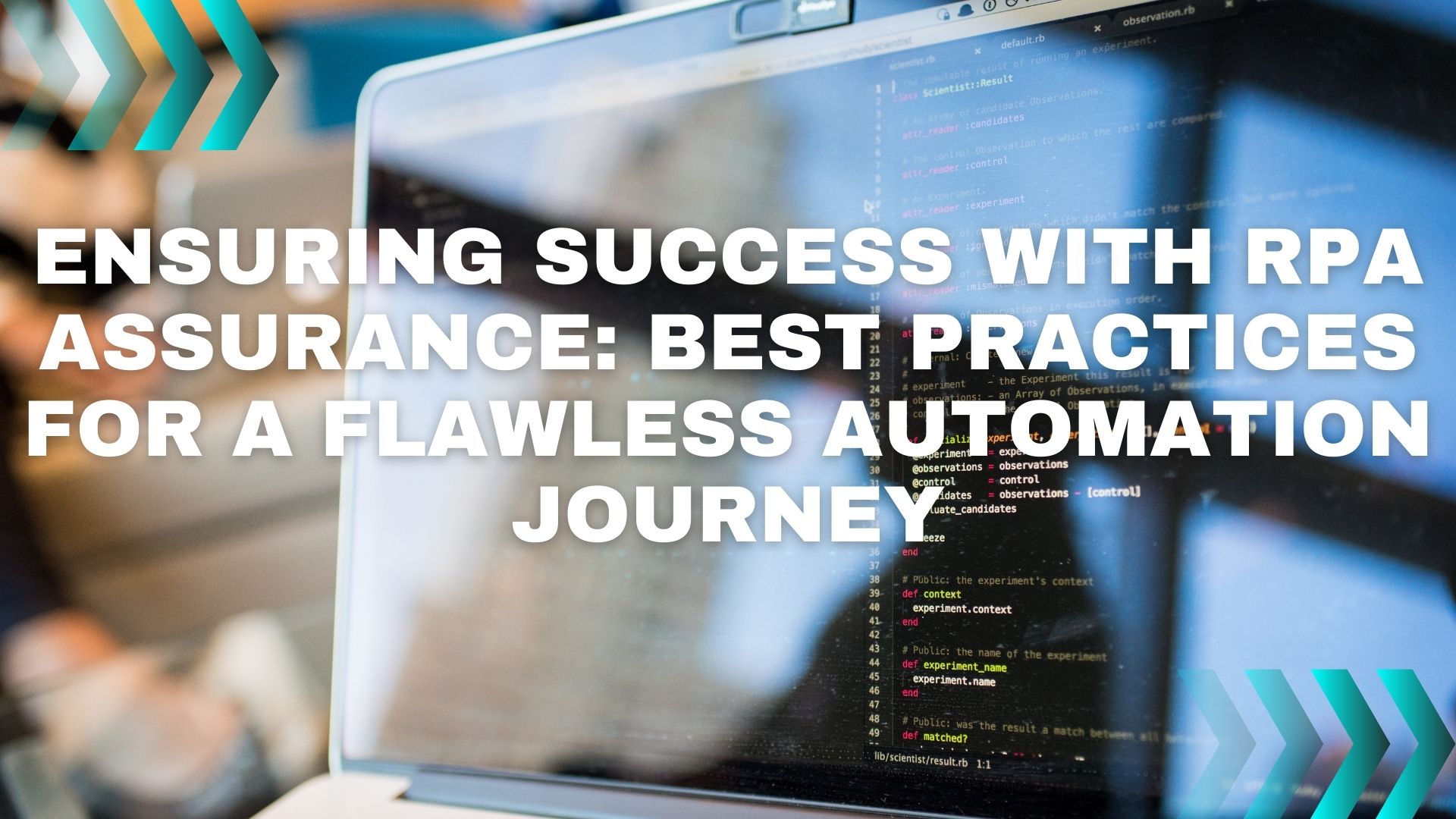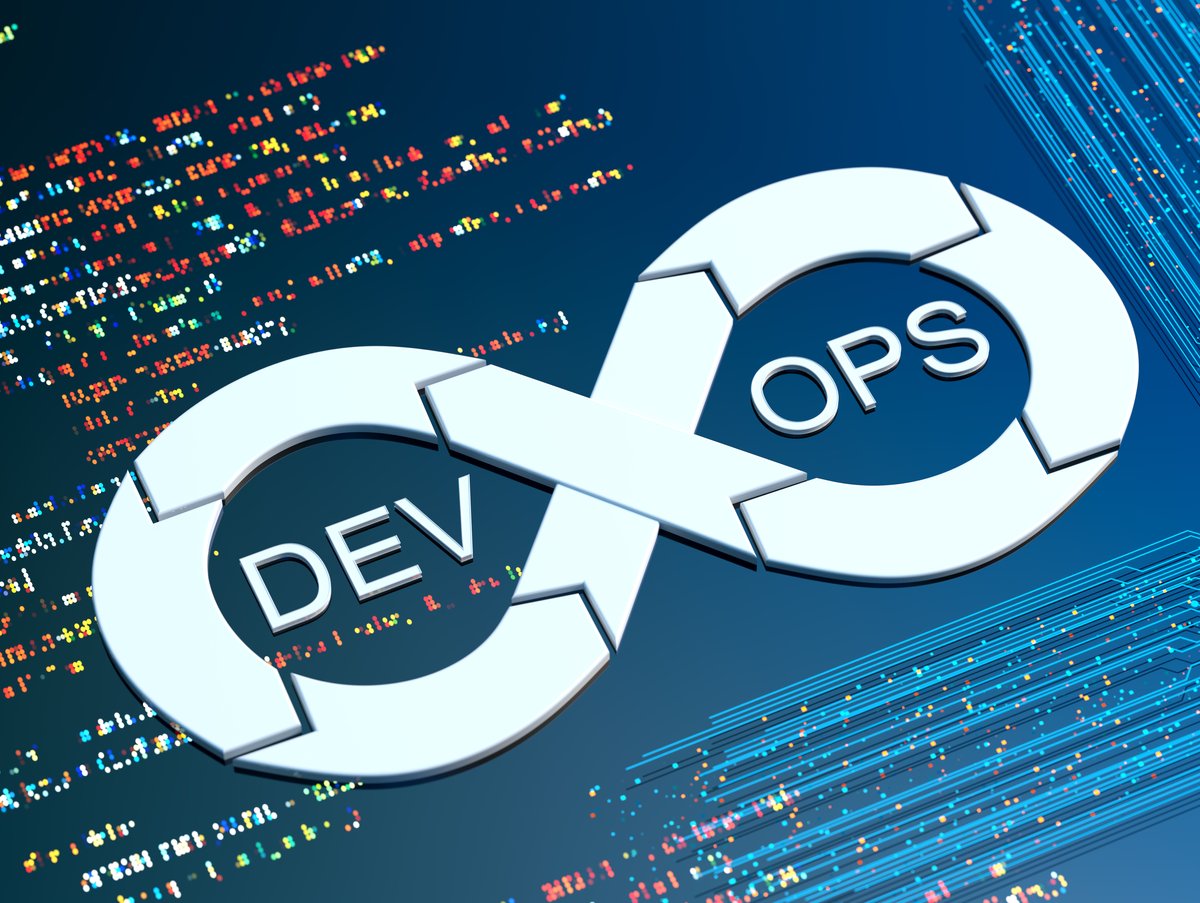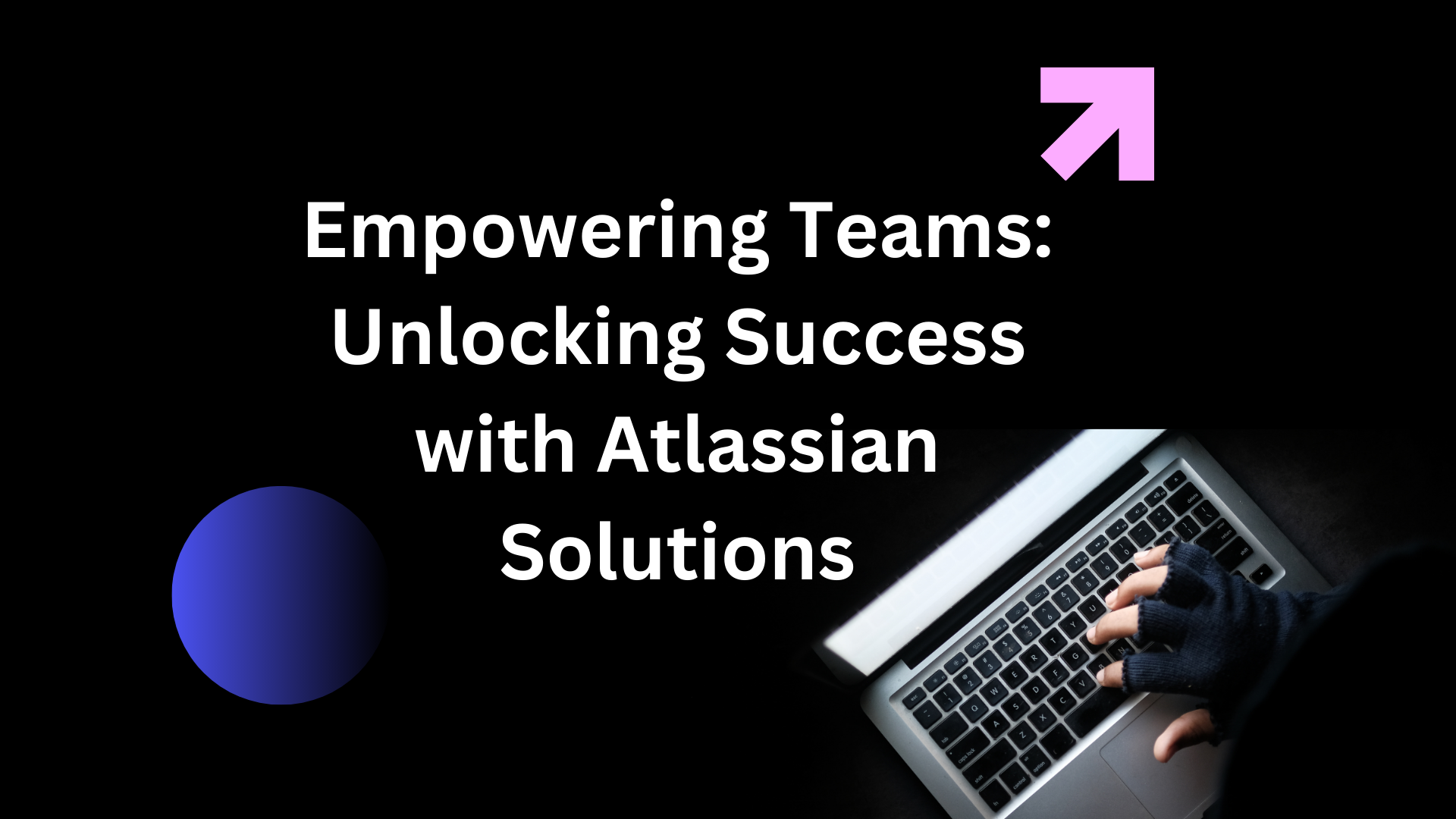Ensuring Success with RPA Assurance: Best Practices for a Flawless Automation Journey

Businesses are increasingly turning to Robotic Process Automation (RPA) to drive efficiency, reduce operational costs, and enhance productivity. However, the implementation of RPA is not without its challenges. A successful automation journey requires careful planning, strategic execution, and robust RPA assurance practices to ensure the processes run smoothly and deliver the desired outcomes.
What is RPA Assurance?
RPA assurance refers to the set of practices, tools, and methodologies used to ensure that the automation initiatives are executed with quality, security, and reliability. It involves monitoring the RPA deployment to ensure that robots perform their tasks accurately and consistently. RPA assurance is essential not only to optimize performance but also to identify potential risks, bottlenecks, and errors before they affect business operations.
Key Best Practices for a Successful RPA Implementation and Assurance
1. Define Clear Objectives and Scope
Before embarking on an RPA journey, it is crucial to have a clear understanding of the business goals and how automation can help achieve them. Define the scope of automation by identifying processes that are suitable for RPA. This ensures that resources are allocated effectively, and the automation solution can be tailored to address specific needs. It also allows for better planning of RPA assurance measures, ensuring that the implementation aligns with the overall business strategy.
2. Start with Pilot Projects
One of the most effective ways to ensure a flawless RPA implementation is to begin with pilot projects. Start small, test, and learn before scaling up. This allows businesses to identify challenges, optimize processes, and fine-tune the automation framework without significant risk. During this phase, it's essential to focus on implementing RPA assurance tools to track performance and measure effectiveness, ensuring that the initial implementation does not lead to disruptions.
3. Invest in the Right RPA Tools and Platforms
Not all RPA tools are created equal. It is crucial to choose an RPA platform that is scalable, reliable, and integrates well with existing systems. Leading RPA vendors provide built-in assurance functionalities, including monitoring, error detection, and performance analytics. RPA assurance relies on these capabilities to continuously track bots' performance, identify anomalies, and generate insights for improvement.
4. Collaborate Across Teams
RPA assurance is not just the responsibility of the RPA team—it requires cross-functional collaboration. Successful automation requires input from IT, business analysts, process owners, and other stakeholders. Each department has unique insights into how automation can improve operations and where the challenges lie. A collaborative approach to RPA implementation and assurance ensures that all perspectives are considered, risks are minimized, and solutions are aligned with organizational goals.
5. Emphasize Quality Assurance in RPA
Automation can only be successful when the processes it replicates are reliable and error-free. Therefore, it is crucial to integrate quality assurance practices into RPA deployment. This involves thoroughly testing the automated processes before they are live, simulating real-world scenarios, and conducting frequent audits. Quality assurance ensures that the automation operates without fail, helping businesses avoid costly errors that can arise from flawed RPA implementations.
6. Ensure Data Security and Compliance
Automation introduces new risks, especially regarding data privacy and compliance. RPA assurance involves rigorous checks to ensure that data is handled securely and that the automation complies with relevant regulations. Be sure to implement encryption, secure access controls, and audit trails to safeguard sensitive information and ensure compliance with industry standards like GDPR, HIPAA, and more.
7. Continuously Monitor and Optimize RPA Bots
Once your RPA bots are up and running, ongoing monitoring is key to maintaining high performance. RPA assurance should be an ongoing process, not a one-time effort. Implement continuous monitoring to track bot performance, identify inefficiencies, and resolve issues proactively. Analytics can provide actionable insights into process bottlenecks, helping to optimize workflows and ensure that automation delivers continuous value.
8. Train and Upskill Your Team
Even though RPA is designed to be user-friendly, it’s important to ensure your team is properly trained to work with automation. Both business users and IT personnel need to understand the system’s capabilities, limitations, and how to address potential issues. Upskilling your workforce through training ensures that they can work alongside the bots effectively and take full advantage of automation technologies, driving higher success rates in RPA implementations.
The Role of Digital Assurance in RPA
Digital assurance plays a vital role in ensuring that the broader digital transformation strategy, including RPA initiatives, achieves its objectives. Digital assurance involves evaluating and ensuring the performance, security, and overall quality of digital systems, including automated processes. With RPA becoming a cornerstone of digital transformation, integrating digital assurance practices is critical to delivering a seamless, risk-free automation journey. Through digital assurance, businesses can monitor not just the bots themselves but also the interconnected systems and applications that support automation.
Common Pitfalls to Avoid in RPA Assurance
Underestimating the Complexity of Processes: Some processes may seem straightforward, but they may have hidden complexities that are difficult to automate. Take the time to thoroughly assess all potential hurdles before proceeding with automation.
Lack of Change Management: RPA doesn’t operate in a vacuum. Organizational change management is crucial for ensuring smooth transitions. Failing to manage change can lead to employee resistance, operational disruptions, and ultimately, a failed RPA initiative.
Ignoring Post-Implementation Support: RPA implementation does not end with deployment. Providing ongoing support, maintenance, and optimization is crucial for long-term success.
Conclusion
Implementing RPA can revolutionize business processes, increase efficiency, and drive significant cost savings. However, achieving flawless automation requires careful planning, the right tools, and continuous RPA assurance practices. By following best practices such as defining clear objectives, focusing on quality assurance, ensuring cross-functional collaboration, and continuously monitoring bot performance, businesses can unlock the full potential of RPA while mitigating risks and ensuring sustainable success.
Embrace the power of automation with a well-thought-out RPA implementation strategy and a strong RPA assurance framework, and your organization will be well on its way to achieving a seamless digital transformation.
Note: IndiBlogHub features both user-submitted and editorial content. We do not verify third-party contributions. Read our Disclaimer and Privacy Policyfor details.







